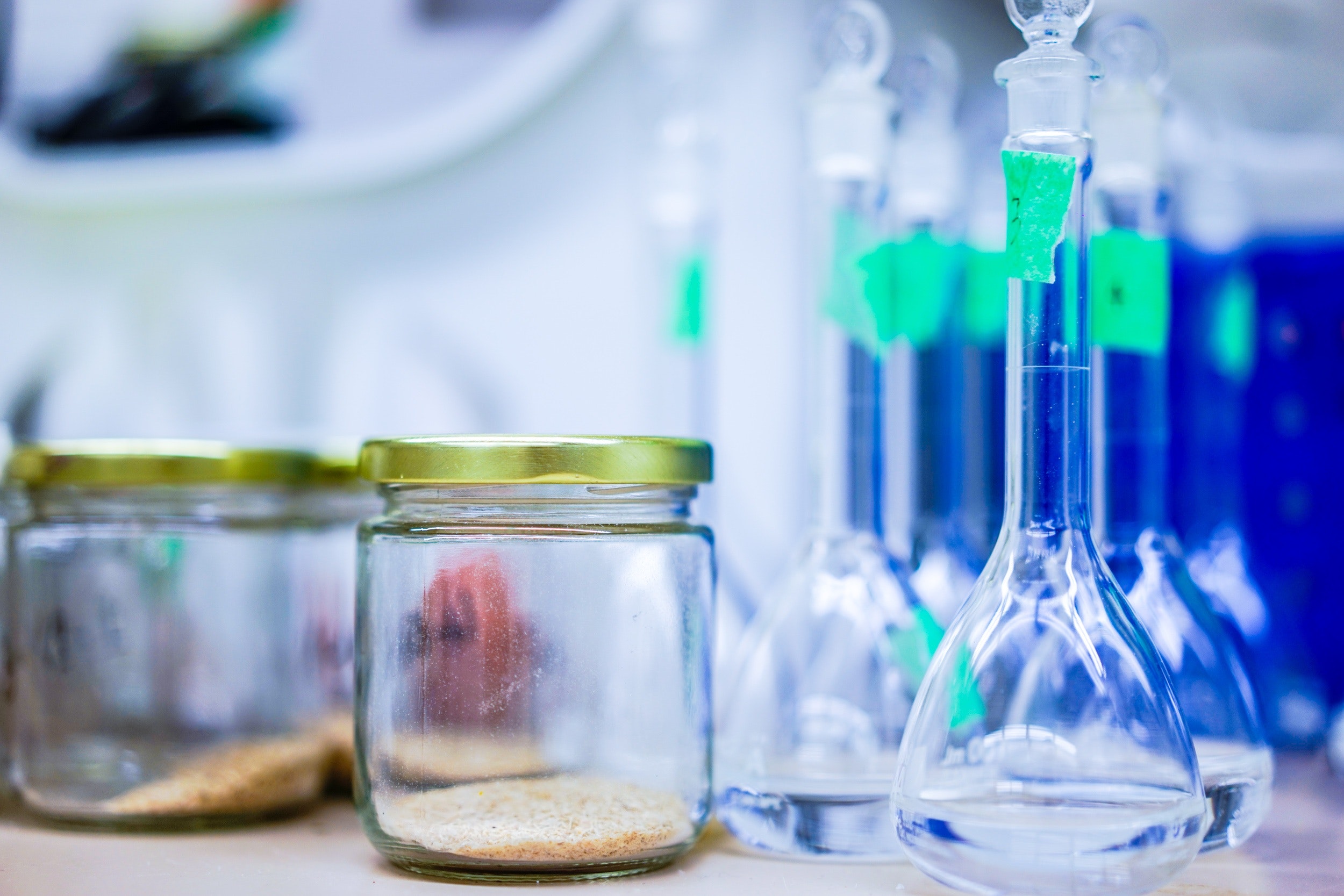
Chemistry Essentials
The fundamentals of chemistry are a fascinating subject. They apply to almost all the other sciences as well. In this article I will do my best to explain these fundamentals so they are easy to understand.
Fundamentals Of Chemistry
Chemistry is extremely involved and difficult. People that attempt to study this in detail often do not know where to start. This is why I have put together this guide to just start on the fundamentals. More rigorous subjects are pursued afterwards.
Matter
In chemistry we concern ourselves with matter and how it changes forms. It is not easy to say what matter is though. The best way to think about it is that matter has mass and takes up space. According to this definition, my bookshelf is matter but the light shining through my window is not. A substance is another term for matter but means pure and unadulterated matter. Matter is a substance. It is made up of one thing . However, matter that is made up of many things, like concrete, is not a substance.
Substances can come in different forms. These different forms are the stats of matter. The usual states of matter that we talk about are a solid, liquid, and a gas. A solid is a rigid form of matter and is something we can handle. The atoms are packed very closely in a solid. A liquid is a fluid that will have a surface when it settles. Their atoms are packed fairly closely but not as tightly as in a solid. Gases are another form of matter that are like a liquid but do not have a surface. The atoms of a gas are very far apart.
Physical Properties
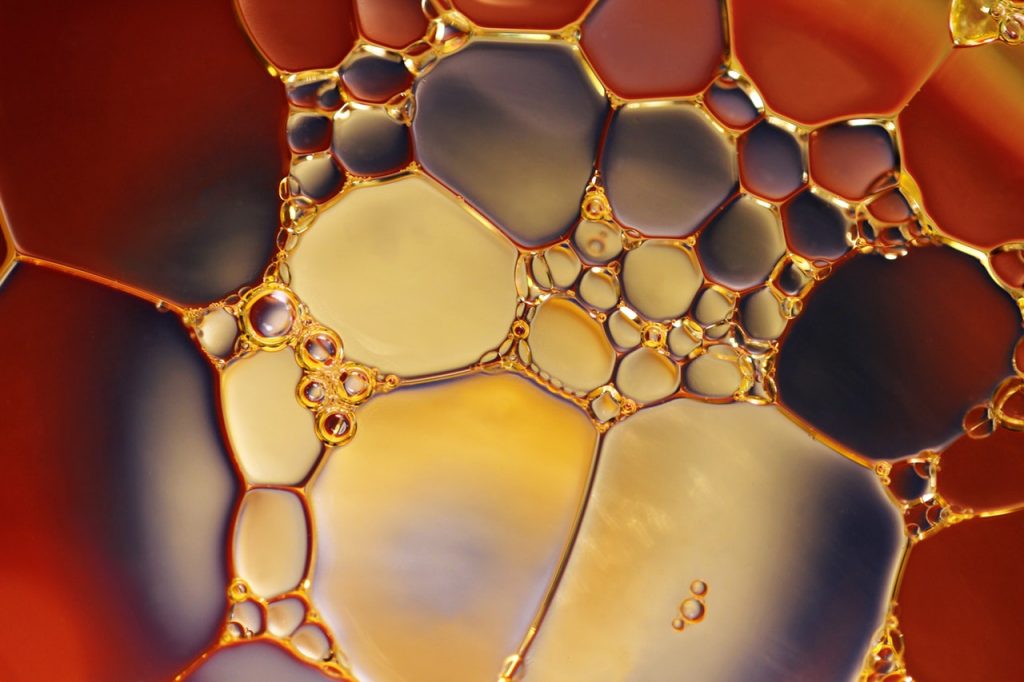
A physical property of any matter is its defining characteristic. This characteristic is something that we can measure or observe. When you measure the property of a substance you need to report the accuracy and precision of the data. The precision of the data is the significant figures of the measurements.
Force
A force is something that changes the state of motion of an object. \(Force = mass * acceleration\). This means there is a push or a pull on the object in question. Forces only have an effect when they are interacting with something else. They can interact at a distance or when they contact something. Example of contact forces are tension, friction, and normal. Example of distance forces are gravitational, electric, and magnetic forces. Lastly, a force is a vector quantity. This means the force has both a magnitude and a direction when applied and is one of the fundamentals of chemistry.
Energy
This is a term that most people are familiar with. They also have a vague sense of what it is. In chemistry it is important to understand that energy is transferred during reactions. That is the primary reason it is interesting to chemists. In very simple terms energy is the capacity to do work. Work, applied to something, is motion of some sort.
There are 3 main types of energy. They are kinetic, potential, and electromagnetic. Kinetic energy is energy of motion and depends on how much work is done. Potential energy is that of position. It depends on the forces involved and their magnitudes. Electromagnetic energy is that of the electromagnetic field. Energy is carried through different mediums by waves.
Elements
There are well over a 100 different elements. Most are natural however a few are man made. At the most basic level an element is a substance that can not be broken down anymore using chemical methods. The atoms of an element all have the same number of protons. They can have differing amounts of electrons though which give the elements different masses. When they have a different number of neutrons they are called isotopes.
Hydrogen and Helium are the most abundant elements that we know of. Many elements were discovered long ago. We do not know who discovered a lot of elements either.
Atoms
Atoms are very tiny particles and their study is one of the most important fundamentals of chemistry. In fact, they are so small that if we cut them in 2 then they would be something different at that point. We now know they make up our elements.
Compounds
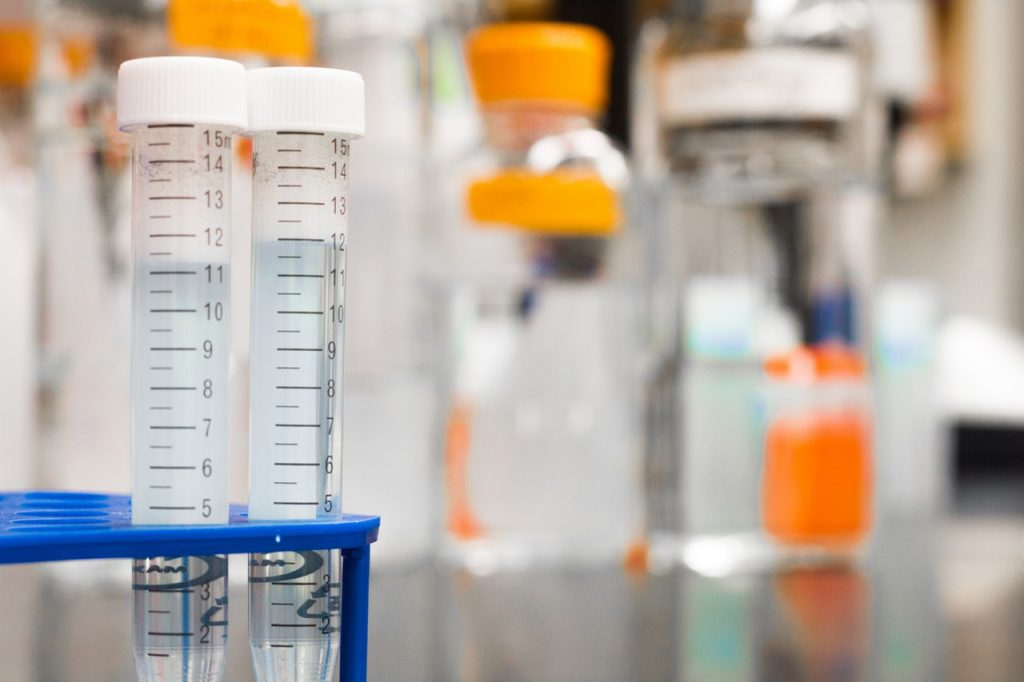
A compound is a substance that is neutral in charge and is made up of two or more different elements. They are either organic or inorganic. Organic compounds all contain carbon. Inorganic compounds are everything else.
The elements in a compound are joined chemically. We call this being bonded together.
Molecules
There is always confusion between a compound and a molecule. A molecule is also neutral in charge like a regular compound. It is made up of more than one element. However, a molecule can be made up of two of the same type of element. All these together are what makes a molecule.
The Mole
The mole is one of the man-made fundamentals of chemistry and is the main unit that chemists use in reporting data of their experiments. So what is a mole? A mole contains the same quantity of something that makes up the same in 12g of carbon-12. So basically its the number of atoms in 12g of carbon-12. It is a lot of atoms for sure. Just like with any other number, however, we need to specify units or what exactly we are working with.
Molar Mass
The molar mass of an element is the mass per mole of its atoms. You have to use mass spectrometry to find the molar mass of elements. When the mass of an individual atom is large then that means the molar mass is greater also. Since knowing the atomic weight of an element gives us an idea of the protons and neutrons we are then equipped to make a good guess about other properties.
Chemical Formulas
An empirical formula shows the relative numbers of atoms of each element present in the compound. This is important because it gives us the entire makeup of the compound. For example, it will give us the ratios of elements in some substance. To get the formula you have to measure the mass of each element in the compound. This gives us the mass percentage composition.
\( Element Percentage = \frac{Mass of Element}{Mass of Sample} * 100% \)
Molecular Formulas
To find the molecular formula of a sample we also need to have its molar mass. Of course we already know that we need to use a mass spectrometer to find the molar mass. The molecular formula of a compound is found by determining how many empirical formulas units are needed to account for the measured molar mass of the compound.
Mixtures And Solutions
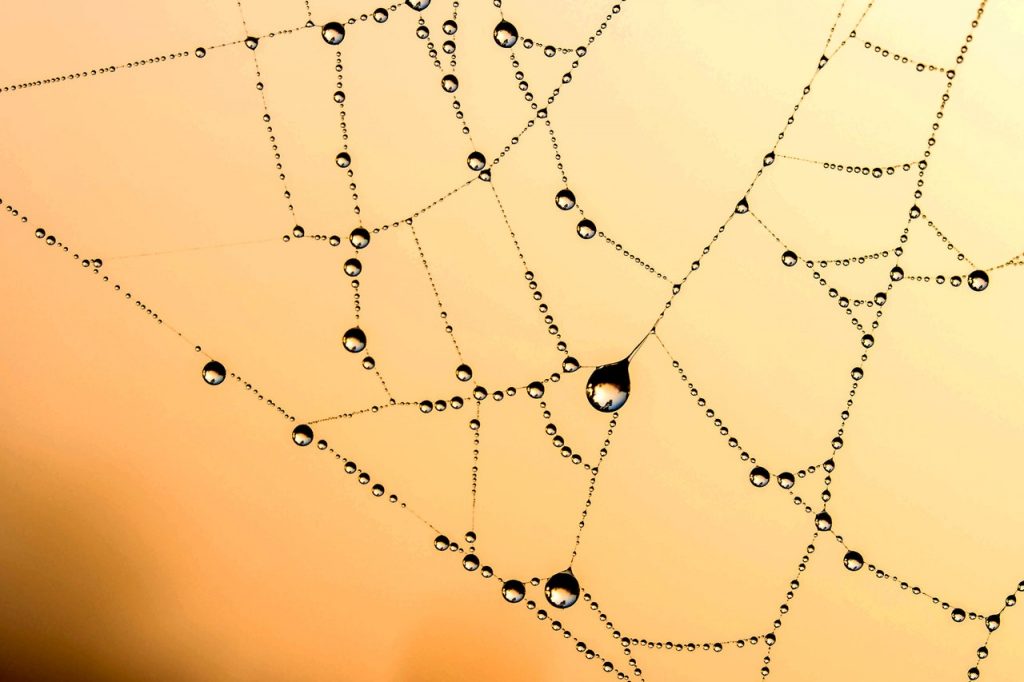
Most substances that we encounter in the world are not pure like an element. Just about everything we see and touch are mixtures of some sort. Mixtures of different compounds do not gain unique properties. They are just varied quantities of multiples types of compound substances. Everything in a mixture retains its own properties. This is important to remember when you observe compounds and mixtures.
Obviously there are different types of mixtures. Mixtures that are not very uniform are called heterogeneous. This means that randomly taking a sample will not give us a true indicator of its composition.
Homogeneous mixtures vary in that they are completely uniform. Taking multiple samples will always give the same composition. You can also call a homogeneous mixture a solution. Many every day products are solutions that we interact with on a regular basis.
The term dissolving means that we are producing a solution. This is commonly by mixing things together like my chocolate milk in the evenings. When making a solution the more numerous parts are the solvent and the parts that get dissolved are the solute. In my chocolate milk example the milk is the solvent and the chocolate is the solute.
Chemical Reactions
Chemical reactions are around us every day. We can describe them in two parts, reactants and products. Reactants are what we start with and the product is what we end up with. Use firewood as an example. The wood is our reactant and after we set it on fire we end up with ashes and those are our product.
We have learned that reactions do not lose mass in a controlled environment. This led chemists to the law of conservation of mass. This means that atoms are neither created or destroyed. They just change forms. Equations that show a reaction can guide you through what happened to the quantities of everything is involved from starting point to the end product. Chemical reactions are some of the most fun fundamentals of chemistry that I studied in school.
Aqueous Solutions
These are types of chemical reactions. An aqueous solution is when two different solutions are mixed and a chemical reaction takes place. This is not common but it does happen. A soluble substance is one that dissolves to a significant extent in a specified solvent. An insoluble substance is one that does not dissolve significantly in a specified solvent.
A solute may be present as ions or as molecules. We can do a test on anything like this to determine which it is. The test is to see if the new solution conducts and electric current or not. If it does then it is ionic and if not it is molecular.
An electrolyte is a substance that is present as ions. ionic solids that are soluble in water are electrolytes because the ions become free to move when the solid dissolves.
The solute in an aqueous strong electrolyte solution is present as ions that can conduct electricity through the solvent. The solutes in nonelectrolyte solutions are present as molecules. Only a small fraction of the solute molecules in weak electrolyte solutions are present as ions.
Precipitate Reactions
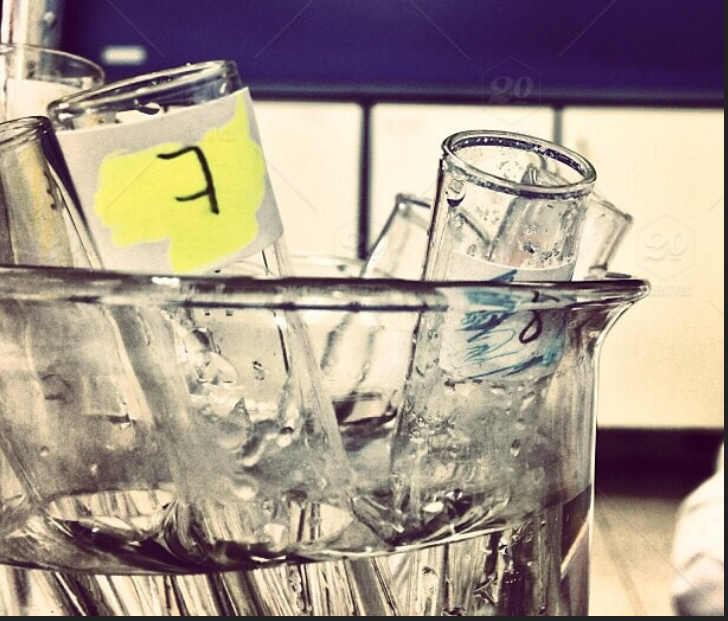
Some ionic compounds are soluble and others are not. In a precipitation reaction an insoluble solid product forms when we mix two electrolyte solutions. When an insoluble substance is formed in water it immediately precipitates. A precipitation reaction takes place when solutions of two strong electrolytes are mixed and react to form an insoluble solid. These types of reactions and their study are some of the most popular of the fundamentals of chemistry
A complete ionic equation for a precipitation reaction shows all the dissolved ions. A complete ionic equation expresses a reaction in terms of the ions that are present in a solution. A net ionic equation is the chemical equation that remains after the cancellation of the spectator ions.
Precipitation reactions will often make compounds. Chemists often plan this ahead of time to make certain things.
Acids and Bases
Substances that historically had sharp tastes were often associated with being an acid. If they were not acidic they were then termed as bases. We can easily tell the difference today with an instrument called a ph meter. An acid is a compound that contains hydrogen and reacts with water to form hydrogen ions and gives away protons. A base is a compound that produces hydroxide ions in water and accepts protons.
When a molecule of an acid dissolves in water it donates a hydrogen ion to one of the water molecules and forms a hydronium ion. A substance that accepts an ion in a reaction is one that acts as a base. Acids are molecules or ions that are proton donors. Bases are molecules or ions that are proton acceptors.
Strong acids are completely deprotonated in a solution while weak acids are not. Strong bases are also completely deprotonated in a solution while weak bases are not.
The reaction between an acid and a base is called a neutralization reaction. The ionic compound produced in the reaction is called a salt. In the neutralization reaction between an acid and a metal hydroxide the cation of the salt is provided by the metal hydroxide and the anion is provided by the acid.
In a neutralization reaction that occurs in water, an acid reacts with a base to provide a salt. The net outcome of the reaction between between solutions of a strong acid and a strong base is the formation of water from hydrogen ions and hydroxide ions.
Redox Reactions
This is another type of reaction and it is very common. Oxidation and reduction are two types of redox reactions. What is common between these two subtypes is the loss of electrons and their transfer to another reactant. We can often recognize the loss of electrons by noting the increase in charge afterwards. We can then infer that oxidation is electron loss and reduction is electron gain. Remember, however, that particles are never lost. So, when anything is oxidized something else must be reduced. Oxidation is electron loss and reduction is electron gain and they both occur together in redox reactions.
We recognize redox reactions by nothing whether electrons have moved from one substance to another. Chemists keep track of electrons by using oxidation numbers. Oxidation means that an increase in its oxidation number has occurred. Reduction means that a decrease in the oxidation number has happened. So a redox reaction is one in which there have been changes in the oxidation numbers.
The substance that causes oxidation is called the oxidation agent. When an oxidation agent reacts, it accepts the electrons released by whatever is being oxidized. so the oxidizing agent in a redox reaction is whatever is being reduced and the reducing agent is what is being oxidized.
Stoichiometry
Stoichiometry is the process of predicting the amounts of reactant or product that will be needed for a given reaction. You can tell this by balancing an equation which will give you the amounts of atoms involved. Of the fundamentals of chemistry that people learn, it can be a little confusing.
The balanced chemical equation for a reaction is used to set up the mole ratio which is a factor that is used to convert the amount of one substance into the amount of another substance.
In a mass to mass calculation, convert the given mass into moles, apply the mole to mole conversion factor to obtain the amount required, and finally convert the amount in moles into mass.
A common technique for determining the concentration of a solute is titration. This process is part of volumetric analysis. Titrations are usually either acid-base or redox reactions. An acid-base is where an acid reacts with a base. A redox titration is where the reaction is between a reducing agent and an oxidizing agent.
Limiting Reactants
The theoretical yield of a reaction is the max quantity of product that can be obtained from a given quantity of reactant. The percentage yield is the fraction of the theoretical yield actually produced.
\( Percentage yield = \frac{actual yield}{theoretical yield} * 100% \)
The theoretical yield of a product is the max quantity that can be expected on the basis of the stoichiometry of a chemical equation. The percentage yield is the percentage of the theoretical yield actually produced.
The limiting reactant in a reaction is the reactant that governs the max yield of product.
Conclusion
The fundamentals of chemistry are quite complex and deep. In fact, we have not even got to the more fun parts yet. That is the way it is though, you have to get these basic concepts down before the other things will make sense and you can really enjoy what chemistry has to offer.